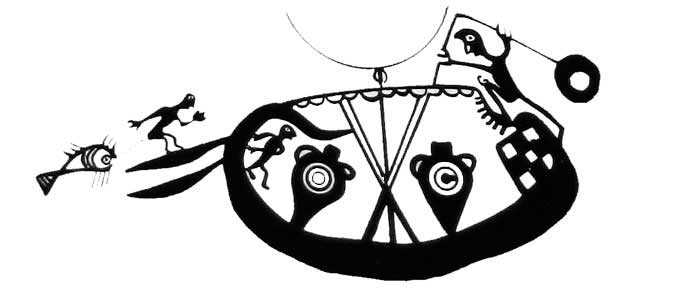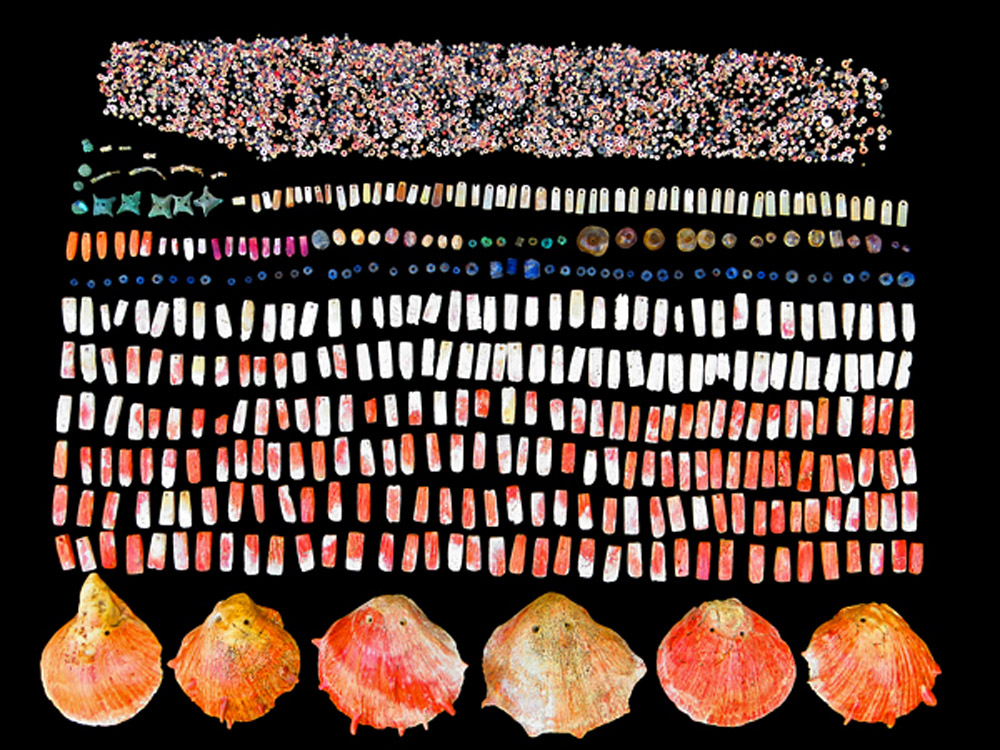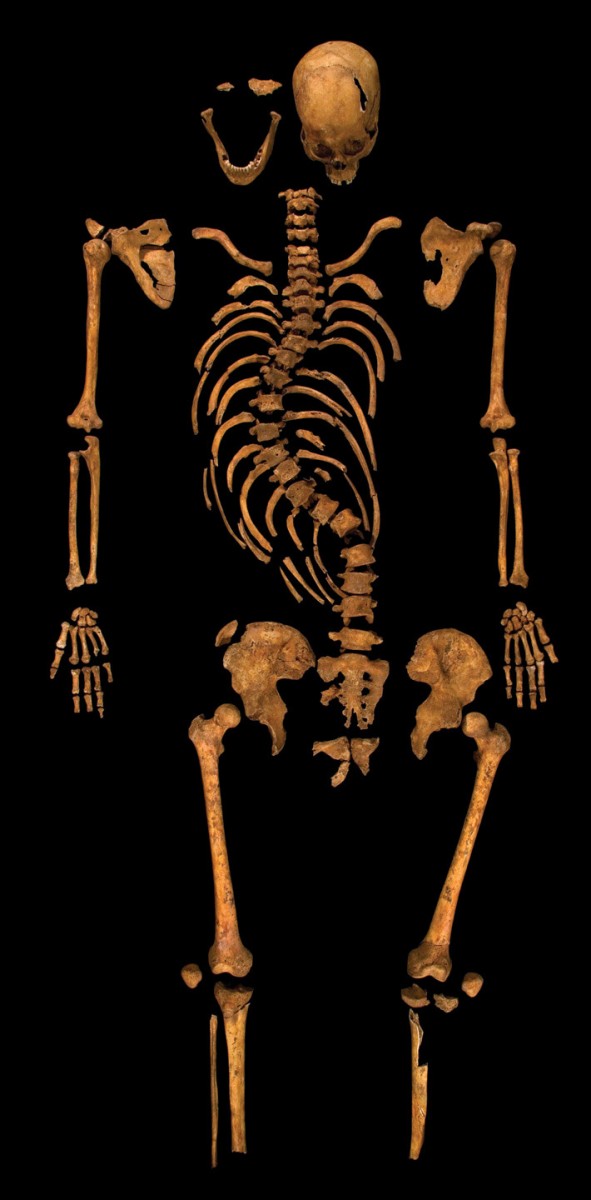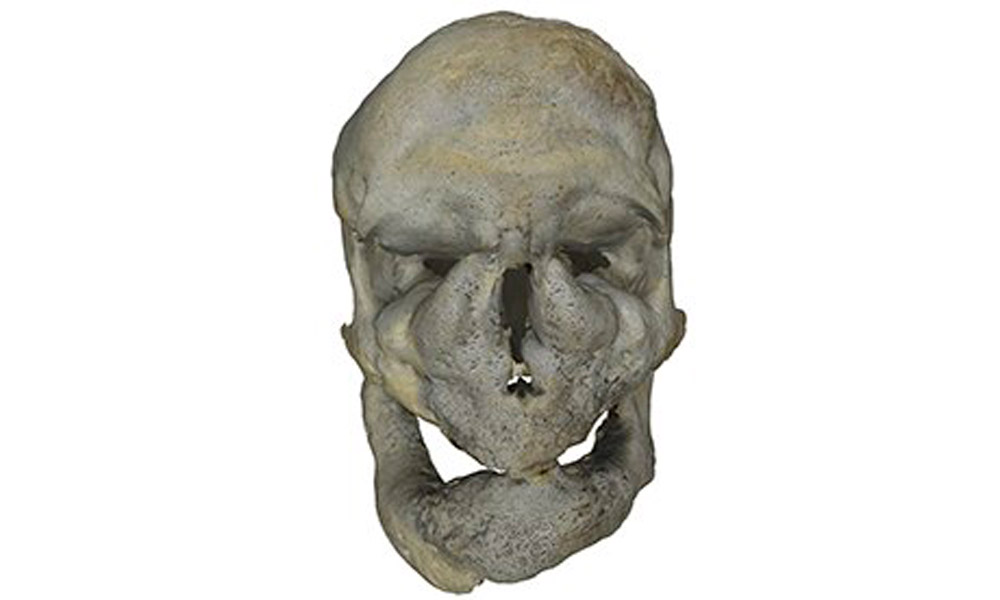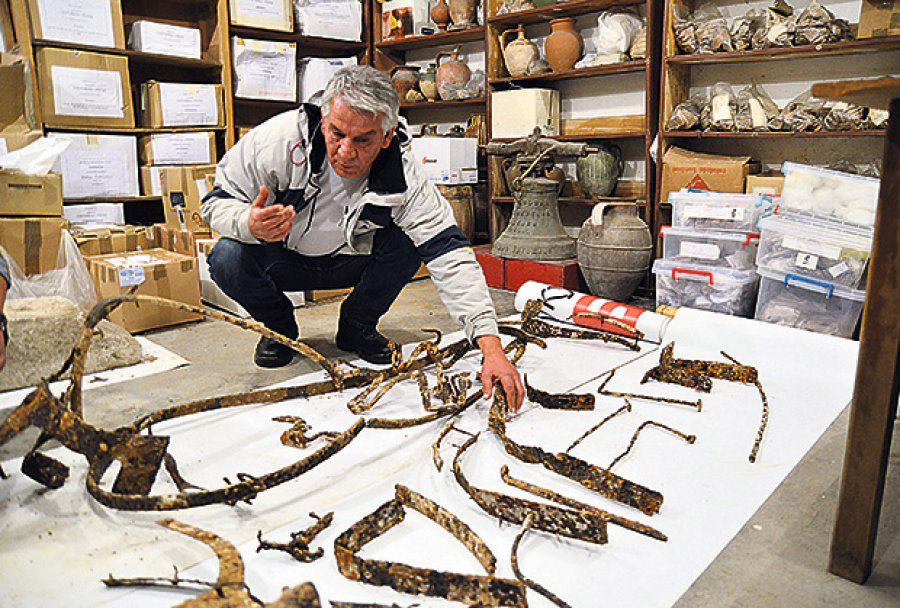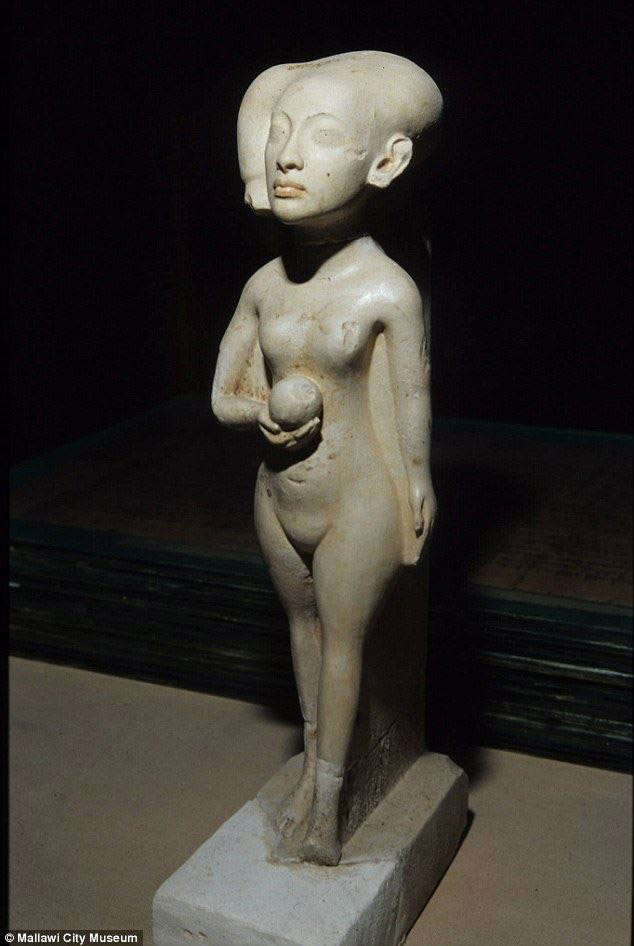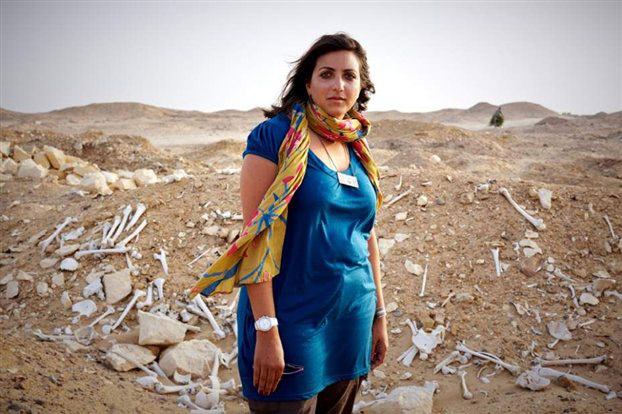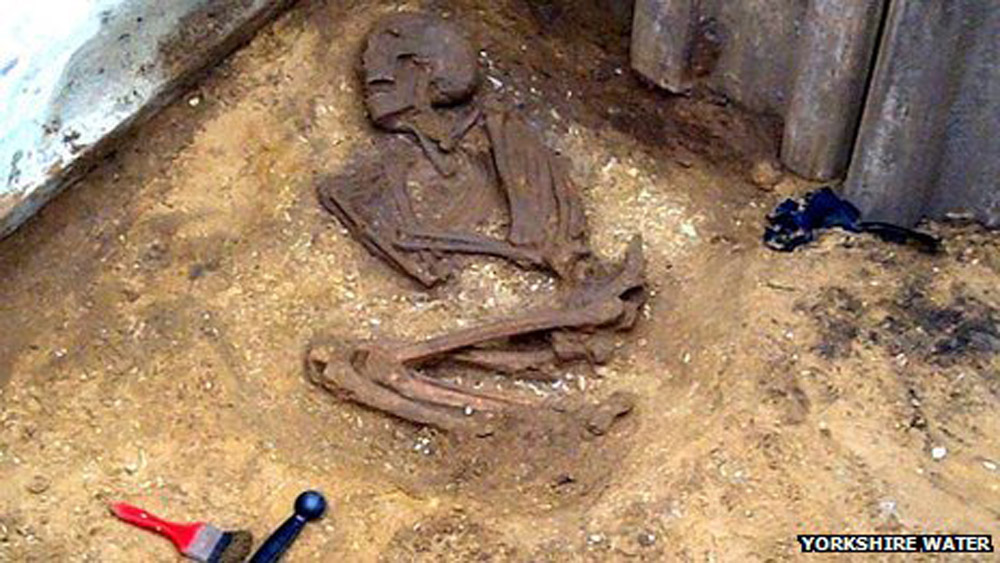Appeal to Greek Prime Minister not to devaluate professional tourist guides
The Panhellenic Tourist Guide Federation (POXEN) has launched a petition in order to urge the Greek government to reconsider its policy towards tourist guide profession and training.
Nobel prize winner accuses top science journals of “tyranny”
Randy Schekman says his lab will no longer send papers to Nature, Cell and Science as they distort scientific process.
Clues From a Tombstone
Glimpses into the life of an ancient Israelite woman through the course of a semester.
The Museum of Cycladic Art launches the Cyprus Seminar
Aiming at the wider dissemination of knowledge about ancient Cyprus, the Museum of Cycladic Art is starting a new series of public talks titled “Cyprus Seminar: Recent developments in the archaeology of the Eastern Mediterranean”.
Baby Care Messapian-Style
Featuring pointy ears and human-like eyes, the pig-shaped guttus featured terracotta rattles in its tummy to apparently encourage the baby to sleep after the meal.
Leopard Figure Revealed in Denizli
A wall-painting depicting a leopard has been found by archaeologists working at the ancient city of Tripolis in Buldan district, Denizli, Turkey.
A Tomb of Chimú Nobles in Pictures
A testament to the power that the ancestors had over Chimú-Inca nobility and Andean society.
Two Greco-Roman Tombs Excavated in Qantara East
The necropolis was subjected to illegal excavation which forced the Ministry of State for Antiquities to immediate begin its own excavation there.
Did Greek Sculpture Inspire Terracotta Warriors?
Now, new research points to ancient Greek sculpture as the inspiration for the emperor's afterlife army.
“Archaeology”’ s Top 10 for 2013
The list, reflecting the interests of the American wider audience -professional archaeologists and informed laypeople- concerning archaeology, is topped by the discovery of King Richard III's bones in Leicester.
The Dying Gaul
This exhibition marks the first time this work of antiquity has left Italy since 1797.
1,000 years of history to be digitised following unique appeal
A campaign to save ancient documents chronicling 1,000 years of history has succeeded after £1.2m was raised by the universities of Cambridge and Oxford in their first-ever joint appeal.
Easter Island: a success story?
According to a new theory, the inhabitants of Rapa Nui managed to take advantage of changes, positive and negative, that happened to the island and survived.
Beyond the Elephant Man: researching monsters
Digitised Diseases site makes 1,600 specimens of bones of deformed people available for doctors and members of the public to study for free.
The place of men and women in Neopalatial iconography
On Friday 13 December 2013, Dr. Matthew Haysom (Curator, Knossos, British School at Athens) will give the next lecture of the Minoan Seminar series.
Police bust group raiding Thracian tombs
Eight men from Sofia were arrested illegally excavating Thracian tombs near the town of Pernik.
Οldest evidence of Late Stone Age settlement on Cyprus
Artifacts found at an archaeological site in Cyprus support a new theory that humans occupied the tiny Mediterranean island about 1,000 years earlier than previously believed.
4,000 -Year -Old Chariot Found in Serbia
A two-horse chariot estimated to be between 3,000 and 4,000 years old has been located in the city of Pirot, Serbia
Amarna Girl Returns to Mallawi Museum
The 32 centimeter (12.6 inches) limestone statue reportedly depicts Princess Ankhesenpaaten, daughter of Akhenaten and Nefertiti.
Archaeologist to Receive Prestigious Prize
Indefatigable Egyptian archaeologist Monica Hanna has been single-handedly exposing an incredible amount of looting in Egypt, even going so far as to confront some of the armed looters herself.
Ancient skeleton found in North Yorkshire sewer trench
An ancient skeleton, thought to date back to Roman Britain, has been discovered in a sewer trench in Norton.
Ancient Dogs Found Buried in Pots in Egypt
The first five pot burials of dogs ever found are analyzed by AUC Prof. Salima Ikram, offering insights over the cult and burial practices of the past.



